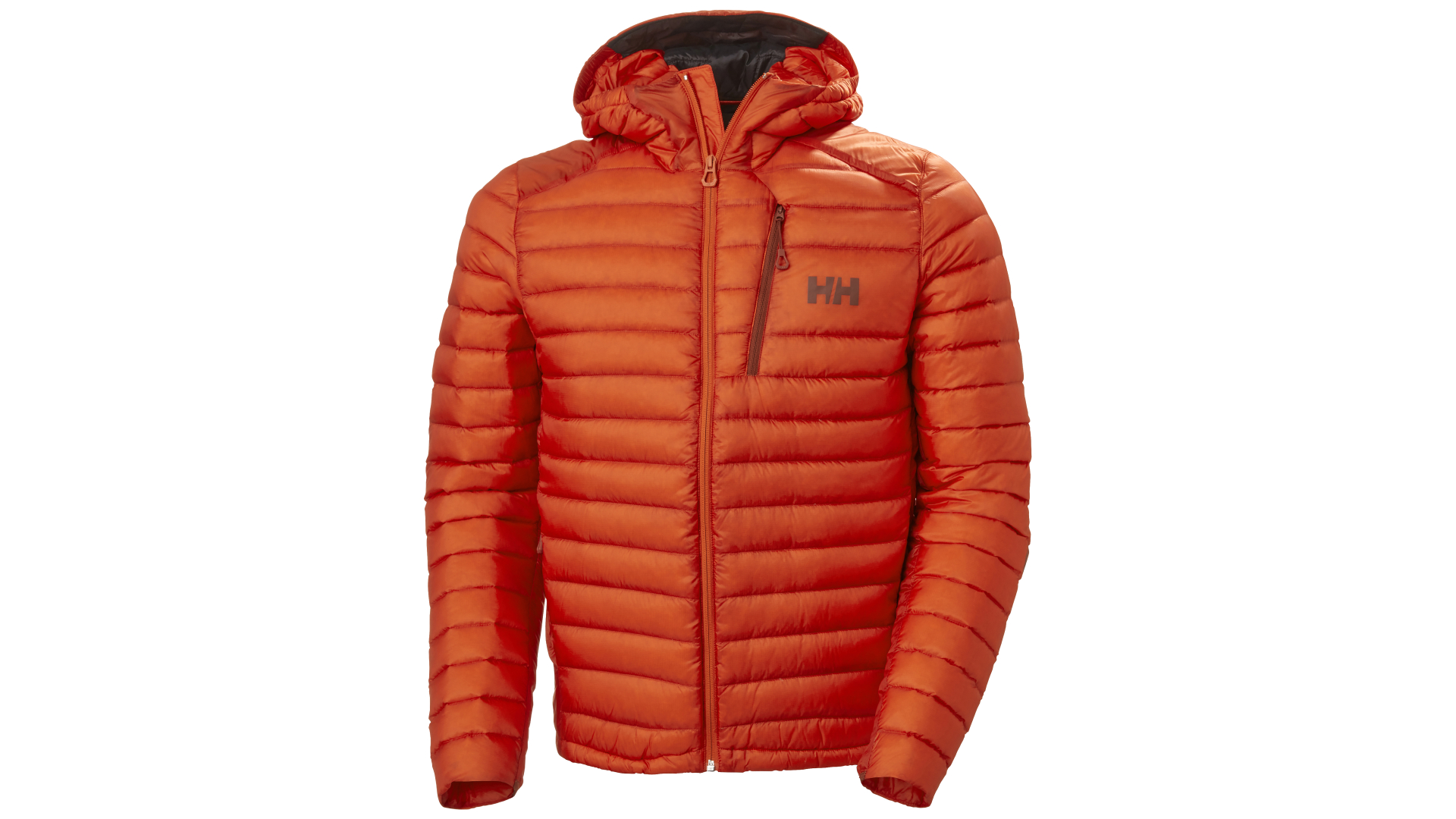Advnture Verdict
The Odin Lifaloft is a genuinely innovative and well-thought-through jacket, with good basic functionality and excellent warmth-to-weight punching power.
Pros
- +
Warmer than most stitch-through down jackets thanks to clever offset baffles
- +
Hybrid down and synthetic fill offers improved moisture resistance
- +
Light and packable
Cons
- -
Delicate face fabric
- -
Slightly boxy fit
- -
Expensive
You can trust Advnture
First impressions
When it comes to lightweight warmth, a down jacket that employs stitch-through construction is by far the most common and popular choice for the majority of outdoor buyers. Compared to box-wall jackets, it’s a simpler and lighter method of manufacture that means jackets are typically more packable and also more affordable. The drawback is that warmth is limited by the shape of the baffles, which tends to compress the down inside, and also by the stitched seams, where there is no down fill at all. Inevitably, this can sometimes cause cold spots. In the new men’s and women’s Helly Hansen Odin Lifaloft Down Hybrid jackets, the company has attempted to overcome this common issue by placing alternating, offset double baffles at key points on both the inner and outer faces of the jacket. While it’s not as effective as a true box-wall construction, it’s an innovative solution that works well without adding too much weight or bulk. The fill itself is similarly inventive. The jacket utilises a mix of 800-fill-power goose down and synthetic Lifaloft insulation, placed in zoned baffles. These are body mapped to deliver core warmth, while combining the best characteristics of down and synthetic fill.
• RRP: £350 (UK)/$400 (US)/€400 (EU)
• Fill: mix of 800-fill-power goose down and synthetic Lifaloft insulation
• Sizes (men’s): S–XXL
• Sizes (women’s) XS–XL
• Weight (men's size M): 413g/14.5oz
• Colours (men’s): Patrol orange/Black
• Colours (women’s): Black
- Check out other options with our guide to the best down jackets and puffers on the market
- Here's how to choose a down jacket to keep you warm on the trails
- Down vs synthetic insulation: which is best for keeping warm?
In the field
There’s a bewildering amount of technical innovation going on in this jacket. But basically, the upshot of it all is that you get a very toasty jacket with no cold spots, plus improved performance in areas that are prone to moisture, like the lumbar area – meaning no sweaty back syndrome. Overall water resistance is also aided by a lightweight 7-denier face fabric with a DWR treatment, which is able to repel fine drizzle.
Feature-wise, there are two cosy hand pockets, a zipped outside chest pocket, elastic cuffs and an adjustable hem. The hood is fairly basic but functional. Our only other slight gripe is that compared to some other puffers tested, we found the fit to be slightly boxy and the rear hem a little short – but depending on your body shape, this may suit you.
All the latest inspiration, tips and guides to help you plan your next Advnture!
An outdoors writer and editor, Matt Jones has been testing kit in the field for nearly a decade. Having worked for both the Ramblers and the Scouts, he knows one or two things about walking and camping, and loves all things adventure, particularly long-distance backpacking, wild camping and climbing mountains – especially in Wales. He’s based in Snowdonia and last year thru-hiked the Cambrian Way, which runs for 298 miles from Cardiff to Conwy, with a total ascent of 73,700 feet – that’s nearly 2½ times the height of Everest. Follow Matt on Instagram and Twitter.


